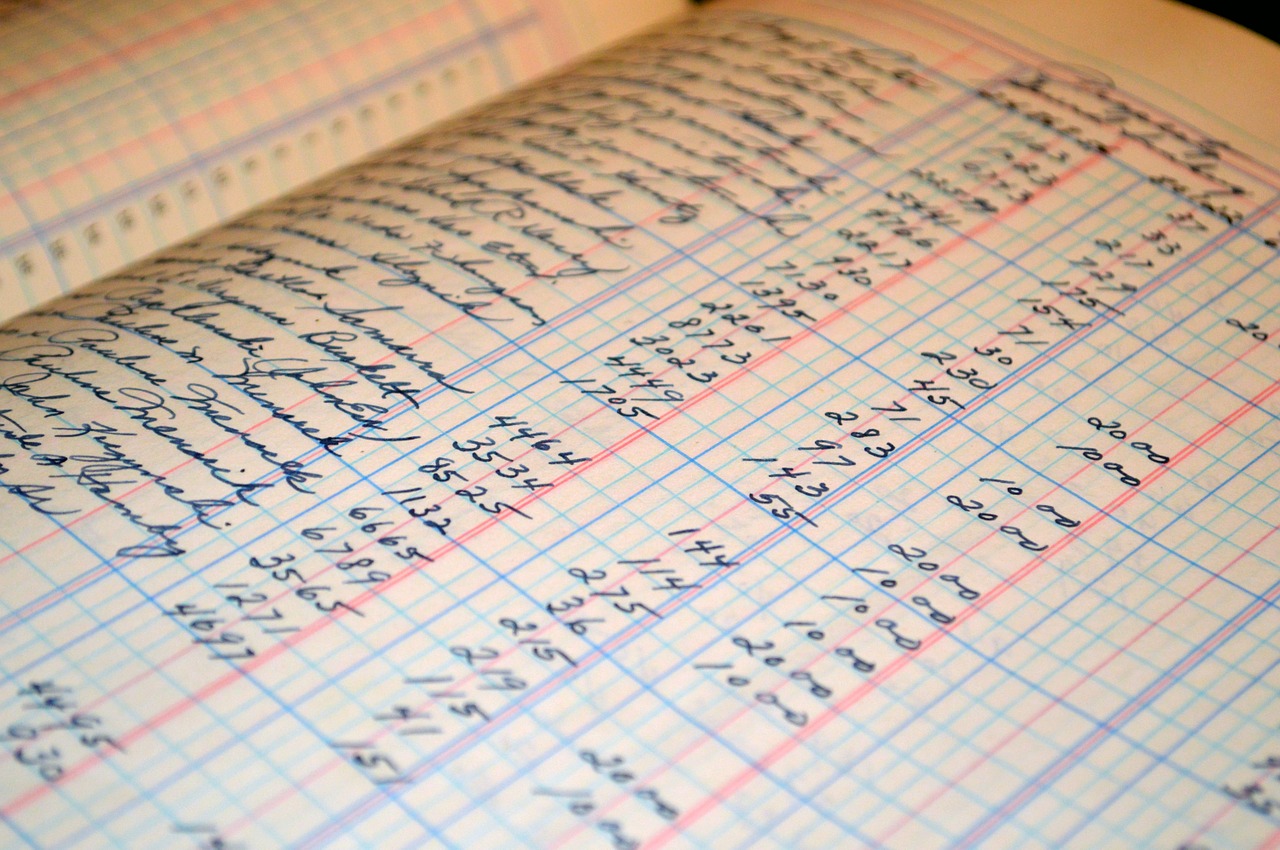Double Entry Accounting System
Double Entry Accounting System
Double entry accounting system is the scientific method of recording business transactions. It has been first documented by Luca Pacioli in 1494 on his book entitled “Summa de arithmetica, geometria, proportioni et proportionalita”. From then it has been widely accepted as the most scientific accounting system. Before this system single entry accounting system was being used which is not a scientific method and has lots of disadvantages compared to double entry accounting system.
The main concept of double entry accounting system is that every business transactions have at least two party or accounts. One party will provide the benefits while the other will take the benefits. The party that provides the benefits is called as debit and the party that receives the benefits is called as credit. That means for every transaction there will be one debit entry and one credit entry.
E.g. Suppose Mr. X buys some materials for his business from Mr. Y for cash of $1,000. This is a business transaction. It has two sides or accounts. In one side Mr. X is receiving the materials and on the other side he is loosing money. In double entry accounting system both sides will be recorded. In this case inventory account will be increased by $1,000 for receiving the materials at the same time cash account will be decreased by $1,000 for loosing the money.
It is mandatory that every transaction should have at least two entries. Though the number of entry is not limited to two. In double entry system one entry will have effect on the debit side of the account and the other entry will have effect on the credit side of the account. Thus the account entries keeps the account equation in balance,
To illustrates this more clearly recall the above example. On a single entry account system the transaction will be written as follow,
| Date | Description | Revenues | Expenses |
|---|---|---|---|
| 10 August, 2017 | Purchase of raw materials. | $1,000 |
But on a double entry accounting system the transaction will be recorded as follow,
| Date | Accounts | Debit | Credit |
|---|---|---|---|
| 10 August, 2017 | Inventory | $1,000 | |
| 10 August, 2017 | Cash | $1,000 |
A notation should be taken to indicate that this transaction is for purchasing of raw materials for the business. Traditionally the two effect of the transaction is termed as debit and credit. For every debit there will always be one and opposite credit with equal amount. That is the duality principle of accounting. Debit entry have the following effects, Increase assets and expenses, Decrease liability, income and owner’s equity. And the credit entry will have the following effects, Increase liability, income and owner’s equity, Decrease assets and expenses.
Advantages
Under double entry accounting system the two aspects of each transactions are recorded. It reduces the common error of accounting. Auditing is easy on double entry account system, as every transaction have a debit side and an equal & opposite credit side. In double entry accounting system income and expenses are recorded separately thus income statement can easily be made. Assets and liability can also be tracked easily which are balance sheet item. That means it is easy to know the financial position of the business at any time. The reports that are generated using double entry account system contains less error and more trusted. Accounting personals in all over the world accepted this accounting system, so double entry accounting system is well recognized accounting system.
Disadvantages
To maintain accounting in the system accounting knowledgeable person is required. It is a time consuming system and also requires more labor. Large businesses has lots of data, so day by day this system will become very complex to maintain for them.
Check out other accounting related post from here.
